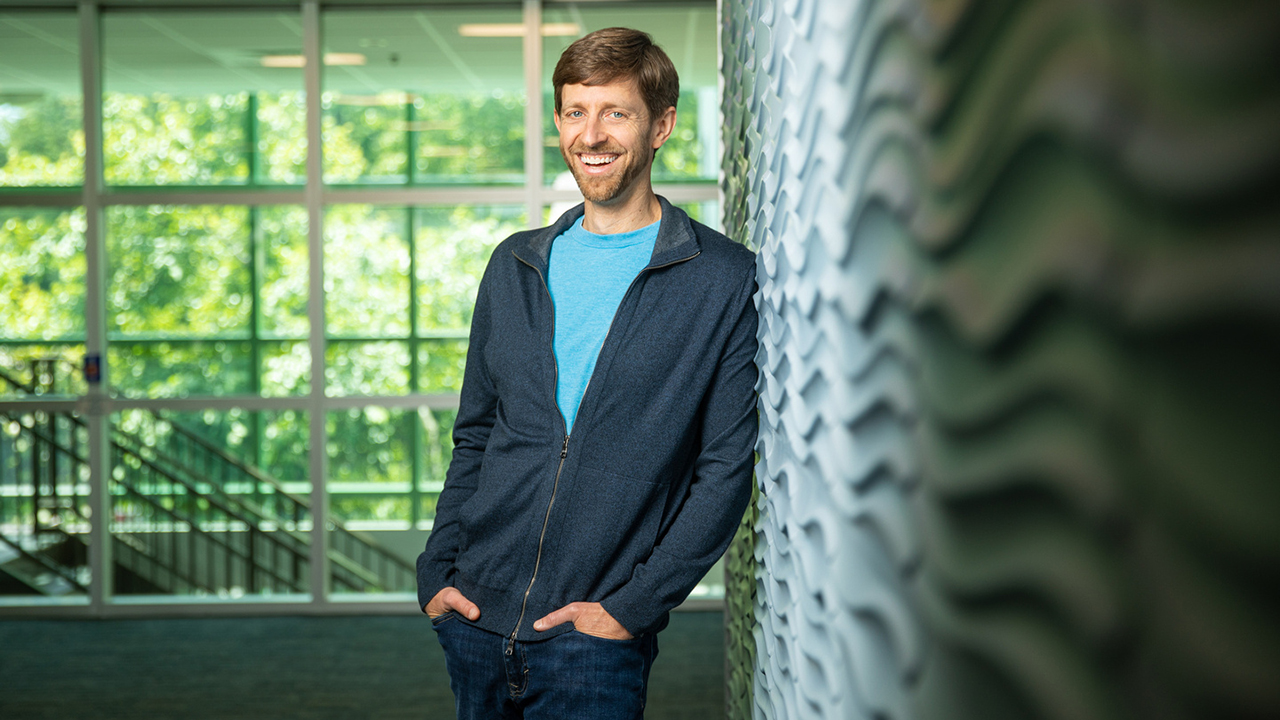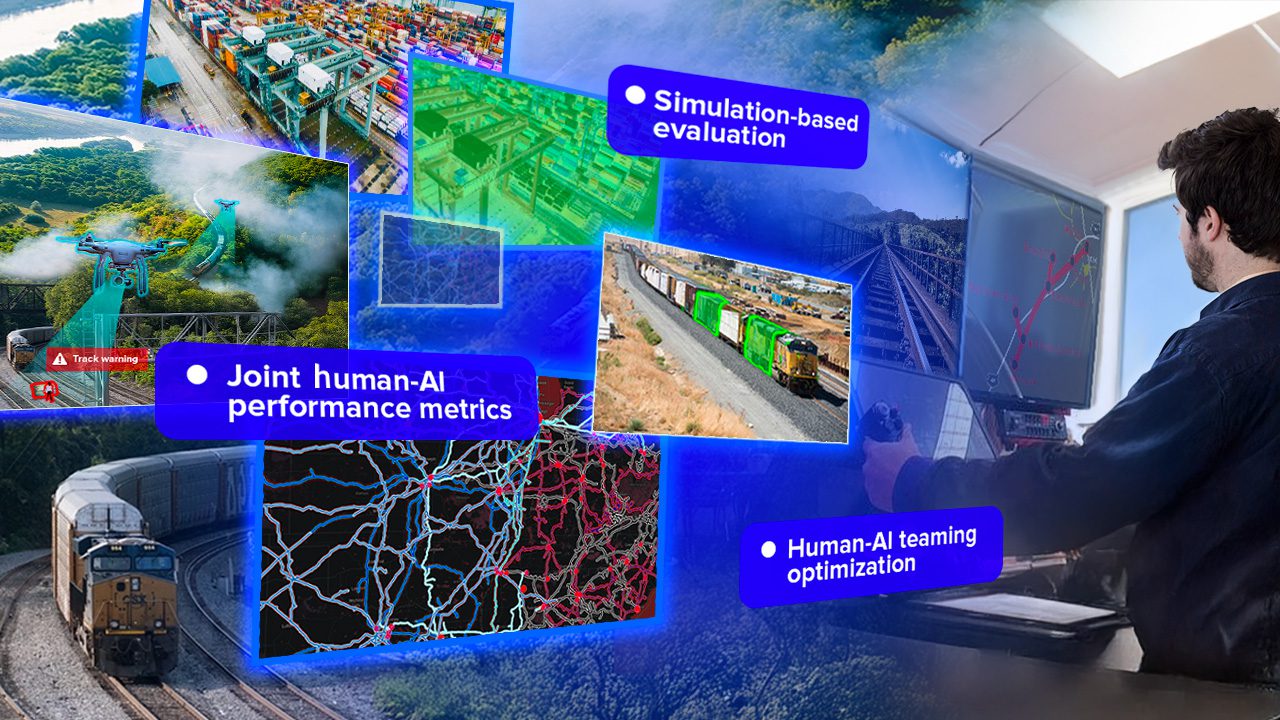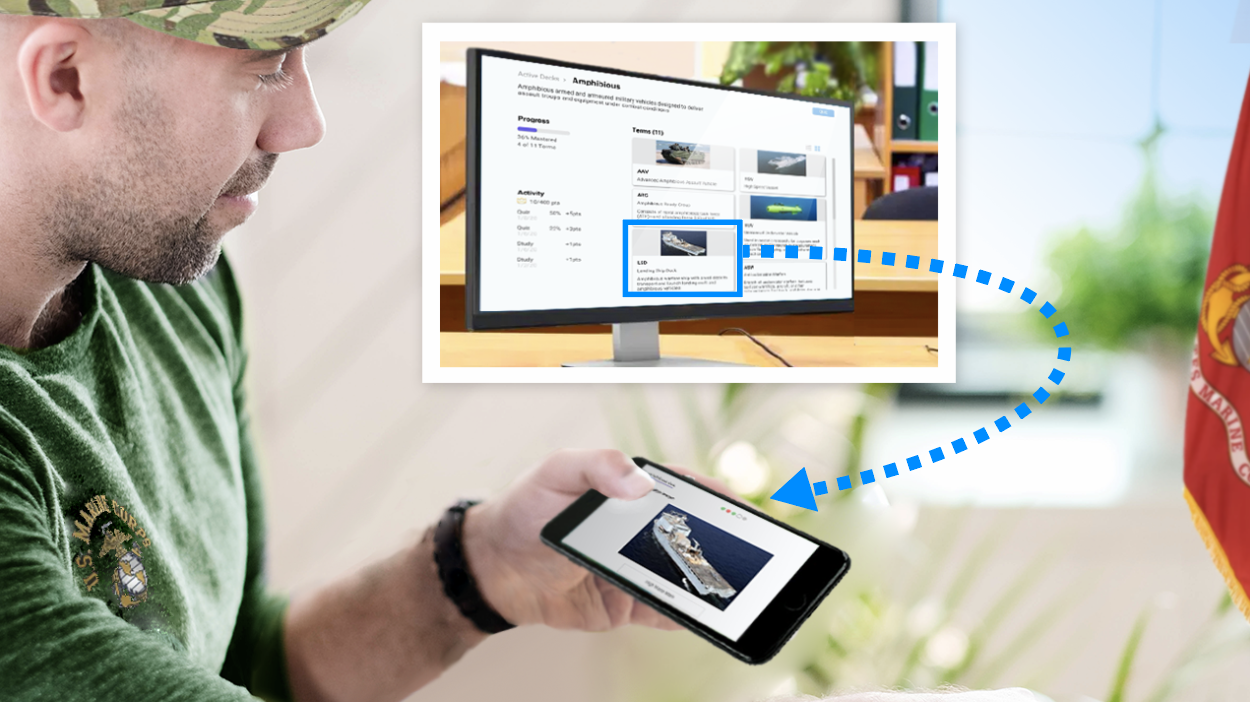From Monopoly strategies to Chemical then Human Factors Engineering, Ryan Kilgore, Vice President, UX Innovation and Principal Scientist, has always been interested in understanding human behaviors, the way we think, and how we work with complex systems.
Q: First, tell us about your background.
A: I have a PhD in Human Factors Engineering, which focuses on people, how they work, and how to design things for them. This includes things like physical ergonomics, but we’re mostly focused on the cognitive side, as in understanding how people think and how they interpret complex systems. We then design so people can understand systems more efficiently and leverage them more effectively.
My path has been interesting. I studied chemical engineering and took a few elective courses in cognitive psychology and design. Early in my career, I was working on control systems for large gas refineries and was very interested in the control rooms and how people were managing these complex systems. I ended up going for a PhD in Factors Engineering just to jump into that world. When I finished those studies I was slated to begin a postdoc at MIT’s Humans and Automation Laboratory with work partially funded through Charles River Analytics; while that work never began because of a change in Government research priorities, Charles River reached out to interview me and then hired me directly. That was back in 2006.
“Through the process of growing a collection of projects and building a team to support those projects, I evolved into the role I’m in today.”
I grew through the ranks through proposal writing and pulling in research topics that were aligned with Charles River’s strengths and particularly interesting to me, including designing interfaces for supervisory control and managing autonomous vehicles, as well as tools for helping with expert decision making, skills training, and lots of other diverse applications. Through the process of growing a collection of projects and building a team to support those projects, I evolved into the role I’m in today.
My curiosity in more physical product design led me away from Charles River for a time and I did some work on the commercial side in medical product development and usability research. Then I moved on to a small company that had recently been bought by Boeing, where I focused on human autonomy interaction and interfaces for managing uncrewed aircraft. While that was exciting work, during that time I increasingly returned to things that I loved about Charles River, like the flexibility and openness to chart my own course and go after new opportunities that were interesting enough to build a team around. I also appreciated the infrastructure Charles River provides that allowed me to be successful and gave me the latitude to figure out what that success looks like. Although organizations with over one hundred thousand people can provide some significant resources, it can be challenging to feel much autonomy. At Charles River, each employee owner is truly at the heart of projects and what makes our business successful. Coming back gave me the chance to work with passionate people in a company that I like and have more independence and opportunities to explore topic areas that interest me.
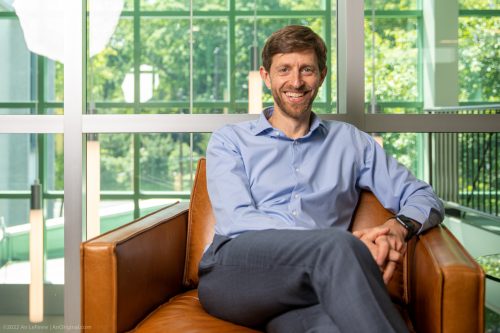
Q: You lead Charles River’s UX Innovation Division. Can you tell us what that entails and how you define success?
A: We’re largely looking at programs that push the boundaries on how people understand and manage complex systems through user interfaces. That can be from a desktop-type system to augmented reality, virtual reality, and mixed reality type interfaces. We do a lot of work in multimedia or multimodal displays too—tools that combine audio, visual, and haptic presentation strategies to bring information to users in ways that are well tuned to their tasks and their environmental contexts. A great part of this research and design work is that it’s not just about talking to users. We actually go out to sit in the cockpits, watch Navy ship handlers control a cruiser, participate in live exercises at the National Training Center, or watch soldiers apply battlefield first aid techniques to think about how we can better equip and train them.
“We do a lot of things for a lot of different people in a variety of domains, and that keeps things fresh. It’s that broad spectrum of projects and ability to kind of popcorn around different domains and user communities that I love about Charles River.”
One of the interesting challenges we face is to design hyper-custom interfaces that allow really specialized people to be able to do very specific things in the best way possible, but then be able to apply our lessons learned to completely different situations in other domains. I find this diving in and then jumping out and broadening exciting and also how I would define success. It’s not playing Whac-A-Mole with individual projects and building one-off solutions. It’s taking a design approach that uniquely serves a specific user in a specific domain and using that to build up a baseline of capabilities that can be applied more broadly—all while pushing the technical boundaries of human machine interfaces. Getting to push on the research front, and not just the application side, is not only unique to the UX Innovation Division but also to “Charles River Analytics as a whole.
We do a lot of things for a lot of different people in a variety of domains, and that keeps things fresh. It’s that broad spectrum of projects and ability to kind of popcorn around different domains and user communities that I love about Charles River.
Q: What are the characteristics or attributes of a great UX Innovation team?
A: It’s a combination of several things. My team is very inquisitive in nature and highly empathetic, so they’re able to put themselves into the projects and experiences of others. We’re not designing for ourselves, we’re designing for other people. I find that we are all really motivated by working with each other and being able to make day-to-day incremental changes in how we do our work. Our success comes from our desire to want to know more, to understand other people’s stories and perspectives, and then really finding joy in fixing those problems.
“Our success comes from our desire to want to know more, to understand other people’s stories and perspectives, and then really finding joy in fixing those problems.”
Q: Any resources that you recommend for UX professionals or aspiring professionals to help them grow their careers?
A: Early in my career, the most exciting things for me were participating actively in professional societies like the Human Factors and Ergonomics Society and ACM SIGCHI, and participating in conferences.
Try to find a professional association or group that meets fairly regularly. Any will allow you to jump in, network, work collaboratively with professionals, and see research as it is unfolding. And it’s always wonderful to collaborate with people coming from a range of settings, from academic labs to government groups, instead of sticking in your one practitioner space. I found that really helpful early in my career.
Q: Any fun facts about yourself that you’re willing to share?
A: Most of my fun facts seem to come from the great stories I hear in sitting with and learning from our end users. A particularly fun one for me, though, stems from the fact that my college roommate was the US Monopoly champion. Thanks to him, I’ve spent a lot of time with competitive Monopoly players, and for one of my graduate projects I did a deep dive into working with Monopoly expert players to understand their strategy and play approaches. As part of that work, I spent three days on a train from Chicago to Atlantic City, where the US Monopoly Championships were being held at the time, interviewing and researching how people think about Monopoly board states, make decisions, and manage risk. I ended up writing a 100-page paper on it. Turns out, some of the behaviors that we think about and design for nuclear power operators also apply to strategic Monopoly players!
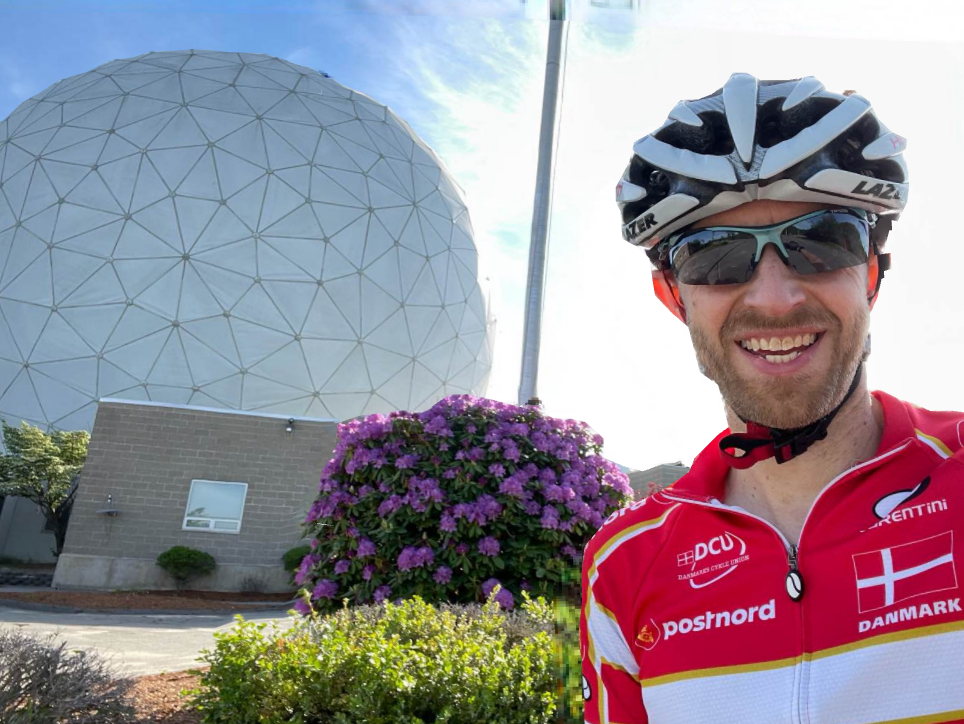
I’m also a juggler. Maybe not as well as I used to be, but it’s a fun hobby. And I’m an avid cyclist and hiker.
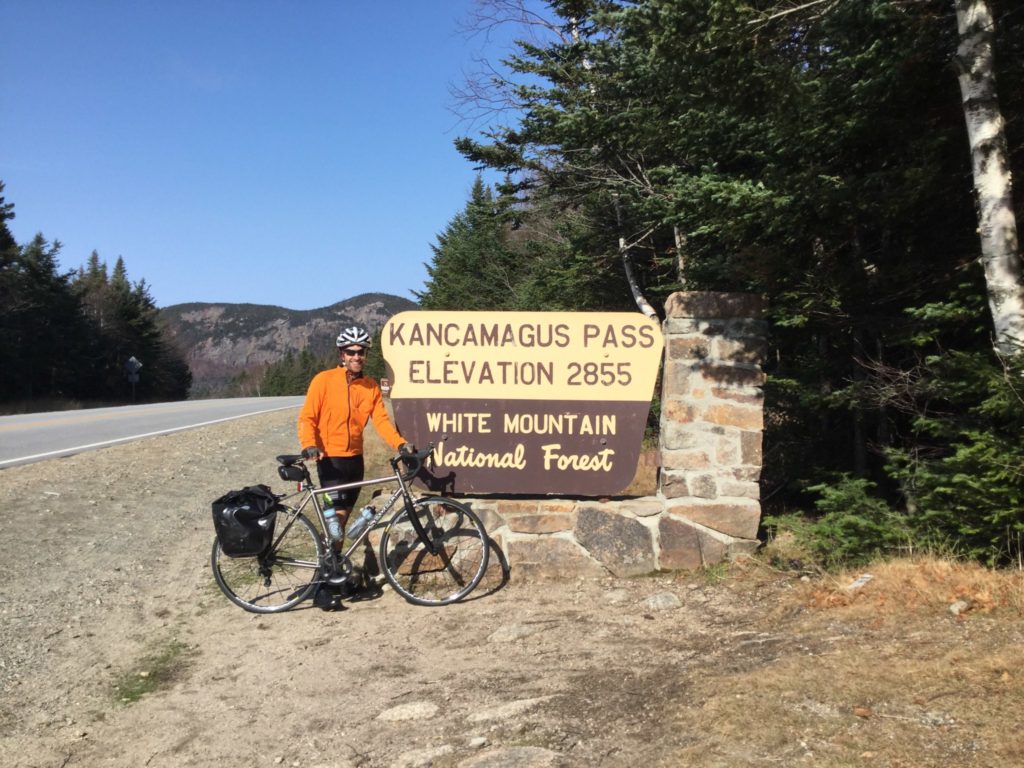
Interested in user experience and human computer integration? Contact Ryan at rkilgore@cra.com or through LinkedIn.

